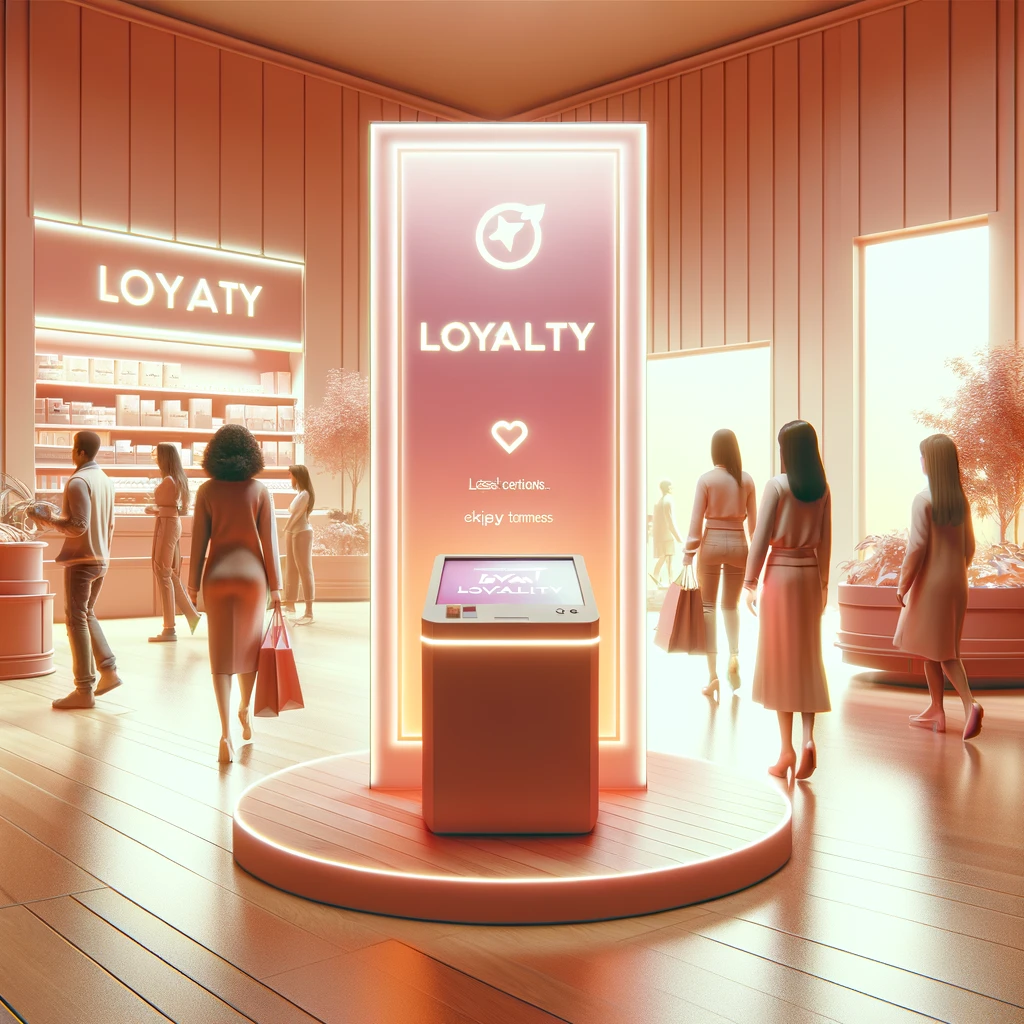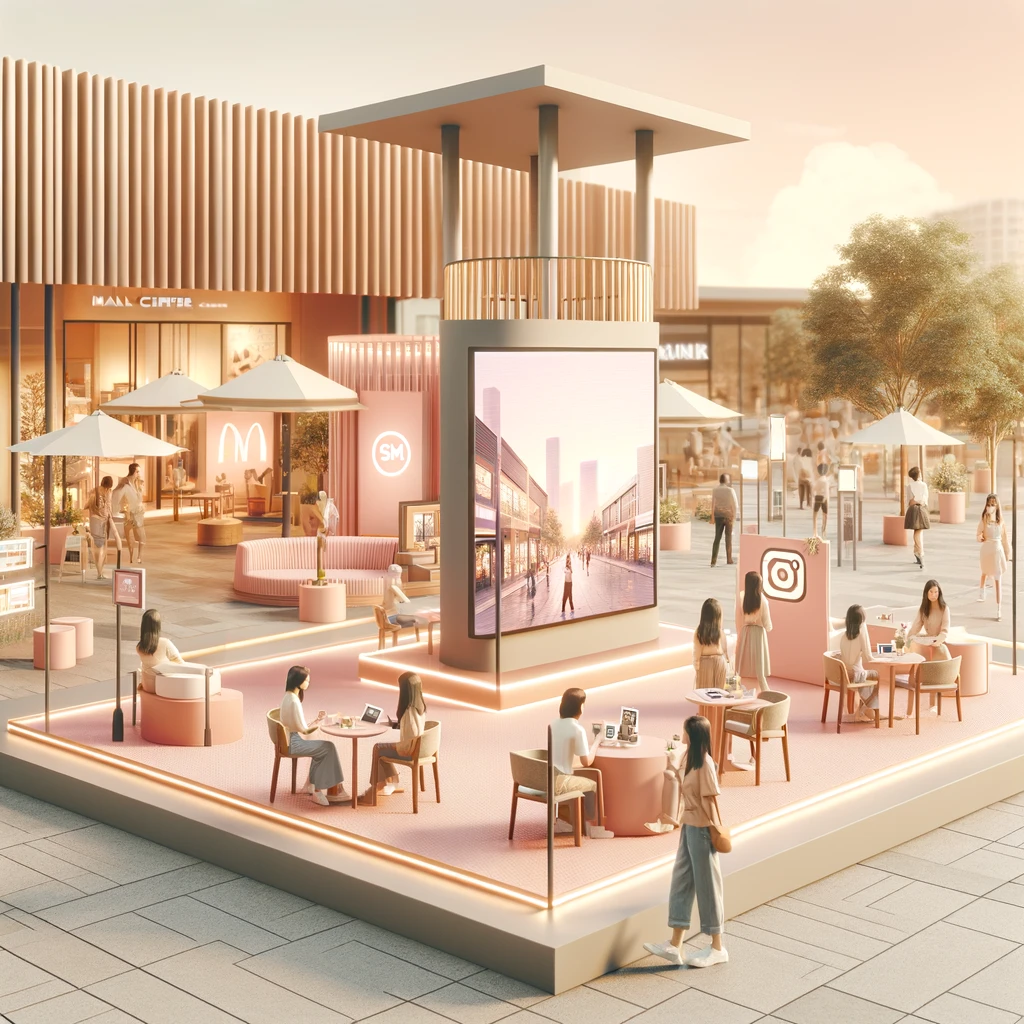How to develop effective loyalty program?

In an era where the retail landscape is constantly evolving, the creation and implementation of a successful loyalty program have become more crucial than ever. At the heart of these programs lies a profound understanding of what drives customer loyalty: personalization, a deep understanding of the target audience, clear objectives, and the effective integration of technology.
In this article we will try to answear frequently asked qestions of everybody who is trying to develop effective loyalty program.
- What makes a loyalty program successful?
- How does personalization impact loyalty programs?
- What are some common types of loyalty programs?
- How to measure the success of a loyalty program?

Designed by Freepik
1. Understanding the Basics of Customer Loyalty Programs
Loyalty programs, a cornerstone in customer relationship strategies, have significantly evolved over the years. At their core, these programs are designed to reward customers for their repeated business, fostering a sense of appreciation and incentivizing continuous patronage. Their significance in today’s market cannot be overstated.
The Concept and Importance
A loyalty program, in its most basic form, is a marketing strategy. It aims to encourage customers to continue using a company’s products or services through a structured rewards system. These rewards can range from discounts, special offers, points that can be redeemed for products or services, early access to new products, and more.
The importance of these programs lies in their ability to strengthen the bond between a business and its customers. According to a report by Accenture, more than 90% of companies have some form of loyalty program. This prevalence underscores the value businesses place on maintaining long-term relationships with their customers.
[Source: Accenture Strategy, “Seeing Beyond the Loyalty Illusion: It’s Time You Invest More Wisely”, 2017]
Evolution in the Digital Era
The digital era has revolutionized loyalty programs, shifting them from simple point-collection systems to complex, data-driven engagement tools. Digital technology enables businesses to collect vast amounts of data on customer preferences, purchase history, and behavior. This data is then leveraged to personalize the customer experience, making loyalty rewards more relevant and attractive.
Moreover, the integration of loyalty programs with mobile technology has significantly increased their accessibility and effectiveness. Mobile apps allow customers to track their rewards, receive personalized offers, and engage with the brand more seamlessly. For instance, Starbucks’ mobile app integrates their loyalty program with mobile ordering, making it incredibly convenient for customers to use and engage with.
The effectiveness of these programs in the digital age is also underscored by statistics. A study by Bond Brand Loyalty notes that members of loyalty programs are 70% more likely to recommend a brand with a good program, highlighting the direct impact on brand advocacy and customer engagement.
[Source: Bond Brand Loyalty, “The Loyalty Report 2021”, 2021]
A survey conducted by KPMG encompassing 18,520 consumers across more than 20 countries revealed the significant impact of loyalty programs on customer behavior. The study emphasized that a substantial percentage of consumers prefer to purchase from brands that offer rewarding loyalty programs. This evolution is largely driven by digital advancements that allow for more sophisticated data gathering and analysis, enabling businesses to offer highly personalized experiences to their customers.
(Source: KPMG, “The Truth About Customer Loyalty” [2020])
2. Key Components of Successful Loyalty Programs
Effective loyalty programs are distinguished not just by their ability to retain customers, but also by their deep integration of personalization, robust reward structures, and advanced technology. These components are vital in making a loyalty program not just functional but truly impactful. For a more comprehensive understanding, especially if you’re in the process of developing a loyalty app, our blog’s article “Top Features to Include in Loyalty App” offers detailed insights and is a highly recommended read.
Personalization: The Heart of Modern Loyalty Programs
At the forefront of successful loyalty programs is personalization. McKinsey & Company’s research underscores the significance of personalization, revealing that it can lead to revenue increases of 10 to 15 percent, and in some cases, even as much as 25 percent. This significant boost is attributed to businesses’ increasing proficiency in utilizing data to deepen customer knowledge and intimacy.
Personalization in loyalty programs goes beyond merely addressing customers by name in communications. It involves curating offers, rewards, and experiences based on individual customer preferences, purchase history, and behavior. This level of customization makes each customer feel valued and understood, thereby enhancing their connection with the brand.
Reward Structures: Balancing Appeal and Feasibility
The structure of rewards in a loyalty program is another critical component. The most successful programs offer rewards that are both appealing to the customer and strategically viable for the business. This balance ensures that while customers are incentivized to engage more with the brand, the company also sees a tangible return on investment.
Reward structures can vary widely, from points systems to tiered rewards and exclusive benefits for top-tier customers. The key is to design a system that resonates with your customer base while aligning with your business goals. For instance, tiered systems can create a sense of exclusivity and aspiration, encouraging customers to increase their engagement to reach higher tiers.
Technology Integration: Enhancing Accessibility and Engagement
The integration of technology is what propels a good loyalty program into a great one. With the advent of mobile apps, social media, and digital platforms, loyalty programs can now offer a seamless and interactive experience. Technology facilitates easier tracking of rewards, personalized notifications, and even gamification elements that can significantly boost customer engagement.
Furthermore, technology enables the collection and analysis of valuable customer data. This data is crucial in continuously refining and personalizing the loyalty program, ensuring it remains relevant and attractive to the customers. For example, AI and machine learning algorithms can predict customer preferences and suggest personalized rewards, enhancing the overall experience.
3. Designing Your Loyalty Program
When creating effective loyalty program you should answear these key questions which will lead you towards result you want to achieve with your loyalty program.
Who is my target audience?
When designing a loyalty program for a shopping mall, it’s crucial to have a strategic approach. The first step involves identifying the target audience. Understanding the demographics, shopping habits, and preferences of your customers is key. This information can be gathered through surveys, purchase history, and customer feedback. Knowing your audience helps in tailoring the loyalty program to meet their specific needs and desires.
What is the primary goal of loyalty program?
Setting clear goals and objectives is the next crucial step. These should align with the overall business strategy and could include increasing foot traffic, boosting sales, customer retention, or enhancing the customer experience. It’s important that these goals are specific, measurable, achievable, relevant, and time-bound (SMART).
The choice of the loyalty program type is integral to its success. There are several types of loyalty programs:
Point-Based Systems: Customers earn points for purchases which can be redeemed for rewards. This is straightforward and easy for customers to understand.
Tiered Programs: Based on customer spending or visits, these programs offer different levels of rewards. They encourage customers to ‘level up’ for better benefits.
Paid Membership Programs: Customers pay a fee to join and receive exclusive benefits. This can create a sense of exclusivity and enhance customer loyalty.
Value-Based Programs: Rewards customers based on their engagement or spending with a focus on emotional loyalty rather than just transactional.
Partnership Programs: Collaborating with other businesses to offer a wider range of rewards.
4. Measuring the Success of Your Loyalty Program – KPIs
Evaluating the effectiveness of a loyalty program is crucial to understanding its impact on customer behavior and business success. This evaluation is primarily done through Key Performance Indicators (KPIs), which are vital metrics for assessing the program’s impact and effectiveness.
1. Customer Retention Rates
One of the primary objectives of any loyalty program is to retain customers. Research from Bain & Company demonstrates that a mere 5% increase in customer retention can boost profits significantly, ranging from 25% to 95%
(Source: Bain & Company’s “E-Loyalty: Your Secret Weapon on the Web” available at Harvard Business Online Bain & Company, Harvard Business Review).
2. Customer Lifetime Value (CLV)
This KPI measures the total expected revenue from a customer throughout their relationship with the company. An effective loyalty program should see an increase in CLV, indicating that customers are spending more over time.
3. Redemption Rates
This metric measures how frequently rewards are redeemed. Higher redemption rates suggest that customers find the rewards appealing and valuable, indicating successful customer engagement. Such data can be found in industry reports like Bond Brand Loyalty’s annual reports
(Source: Bond Brand Loyalty Report 2021 Bond Brand Loyalty).
4. Program Participation Rate
This rate tracks how many customers are actively participating in the loyalty program. Reports by Bond Brand Loyalty and similar organizations offer insights into participation rates and their correlation with customer satisfaction and revenue.
5. Net Promoter Score (NPS)
NPS measures customer loyalty based on their likelihood to recommend the company. Introduced by Fred Reichheld, it’s a widely recognized measure in assessing customer loyalty and satisfaction
(Source: “The One Number You Need to Grow” by Fred Reichheld, Harvard Business Review, Harvard Business Publishing Education).
Simplaq’s approach
At Simplaq, we understand the importance of creating a seamless and personalized shopping experience for your customers. Our loyalty mobile apps for shopping malls are designed with your customers in mind, offering features such as feedback and customer service, beacon technology, push notifications, in-app navigation, and personalized rewards and offers.
Our team of experts will work closely with you to understand your unique needs and goals, and develop a customized loyalty mobile app that meets your specific requirements. We pride ourselves on delivering high-quality apps that drive engagement, increase loyalty, and ultimately drive revenue for your shopping mall.
If you’re looking to create a loyalty mobile app for your shopping mall, look no further than Simplaq. With our expertise and commitment to excellence, we can help you create an app that sets you apart from the competition and provides a memorable and personalized experience for your customers. Contact us today to learn more about our services and how we can help you achieve your goals.















